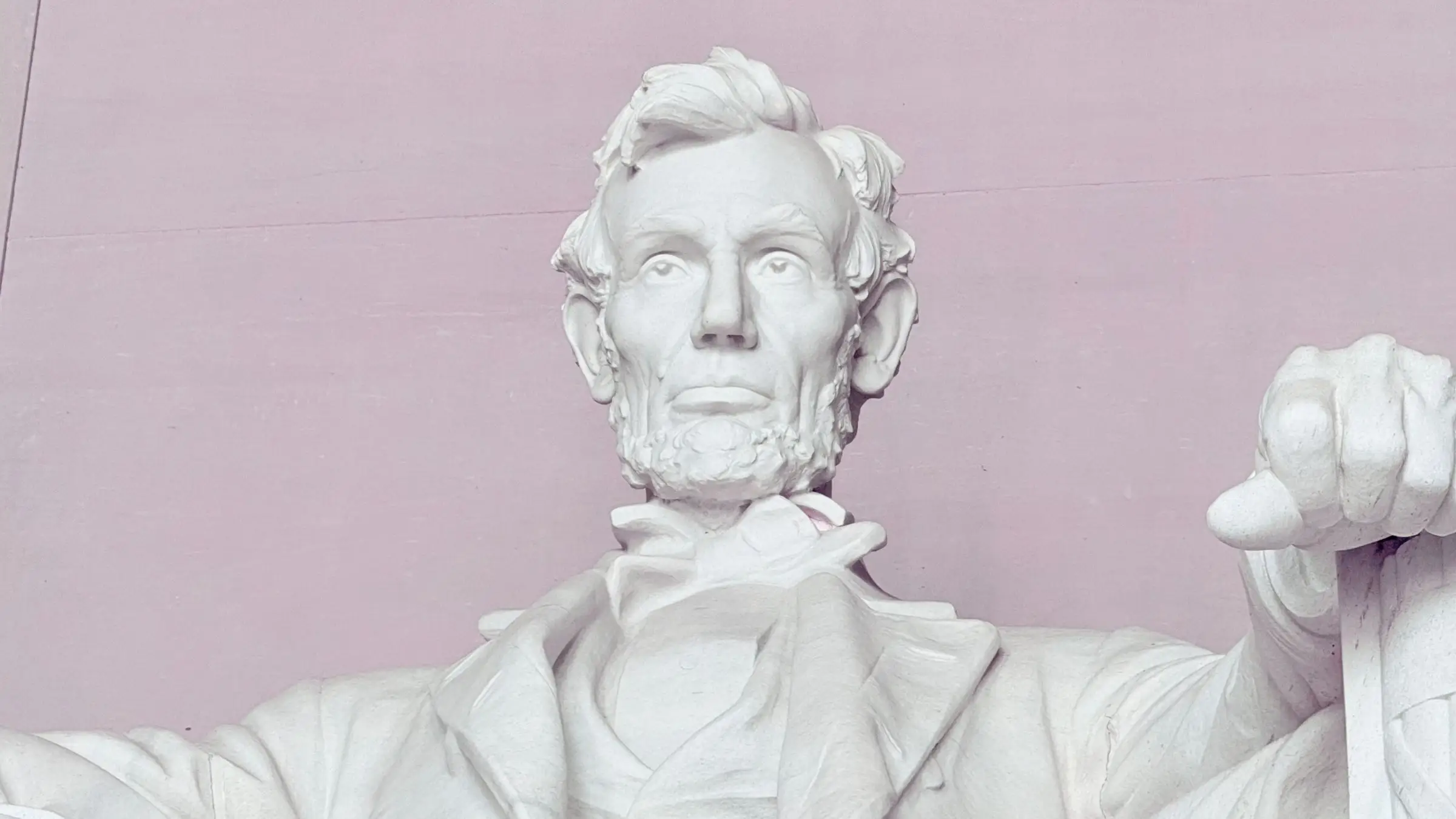Gayskool
-
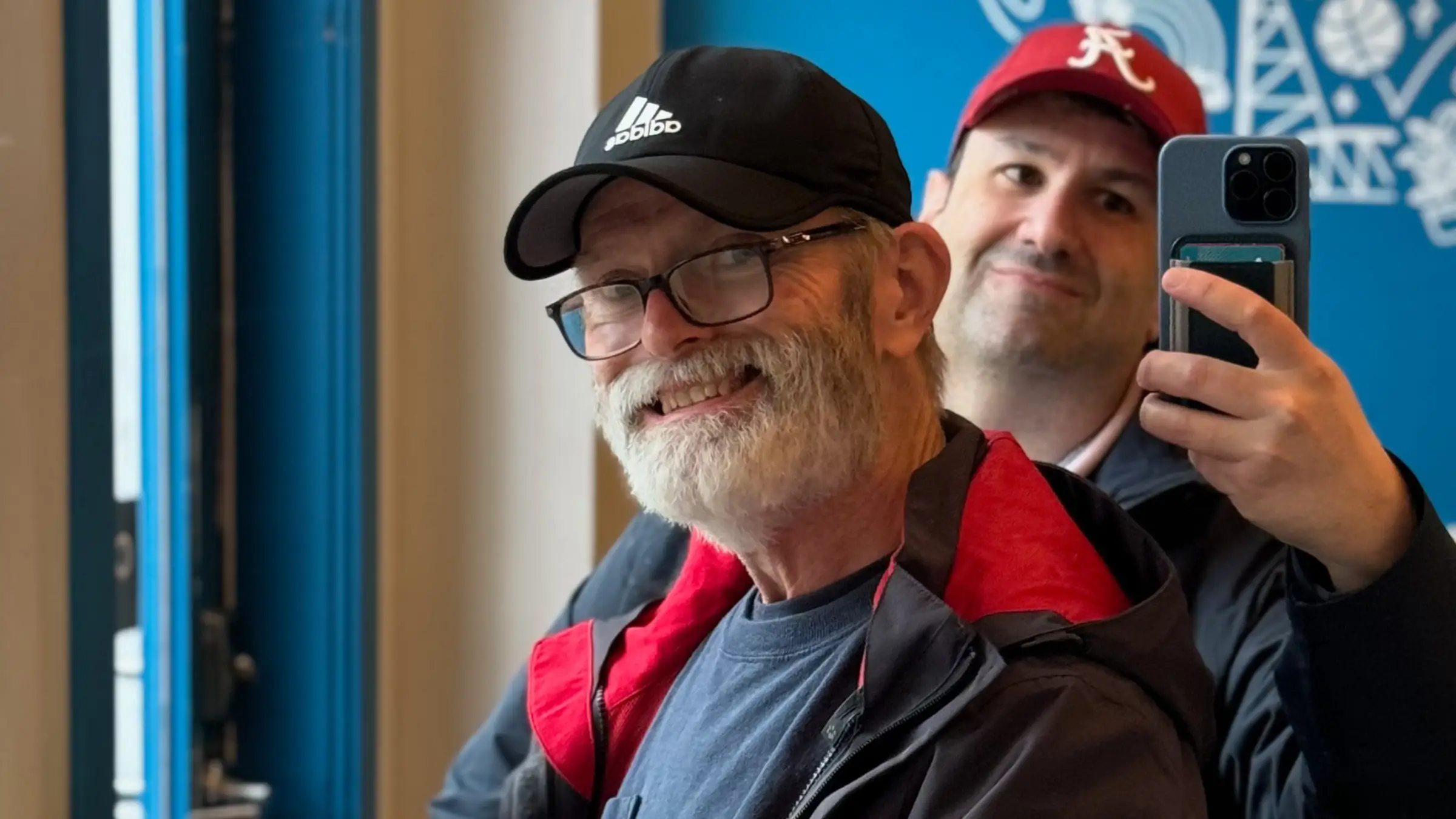
🏳️🌈 You’ve Heard My Defense of Marriage Equality. Here’s Britt’s.
A few days after Obergefell, Britt explained why marriage matters—and why ours should’t be seen any differently than anyone else’s.
-
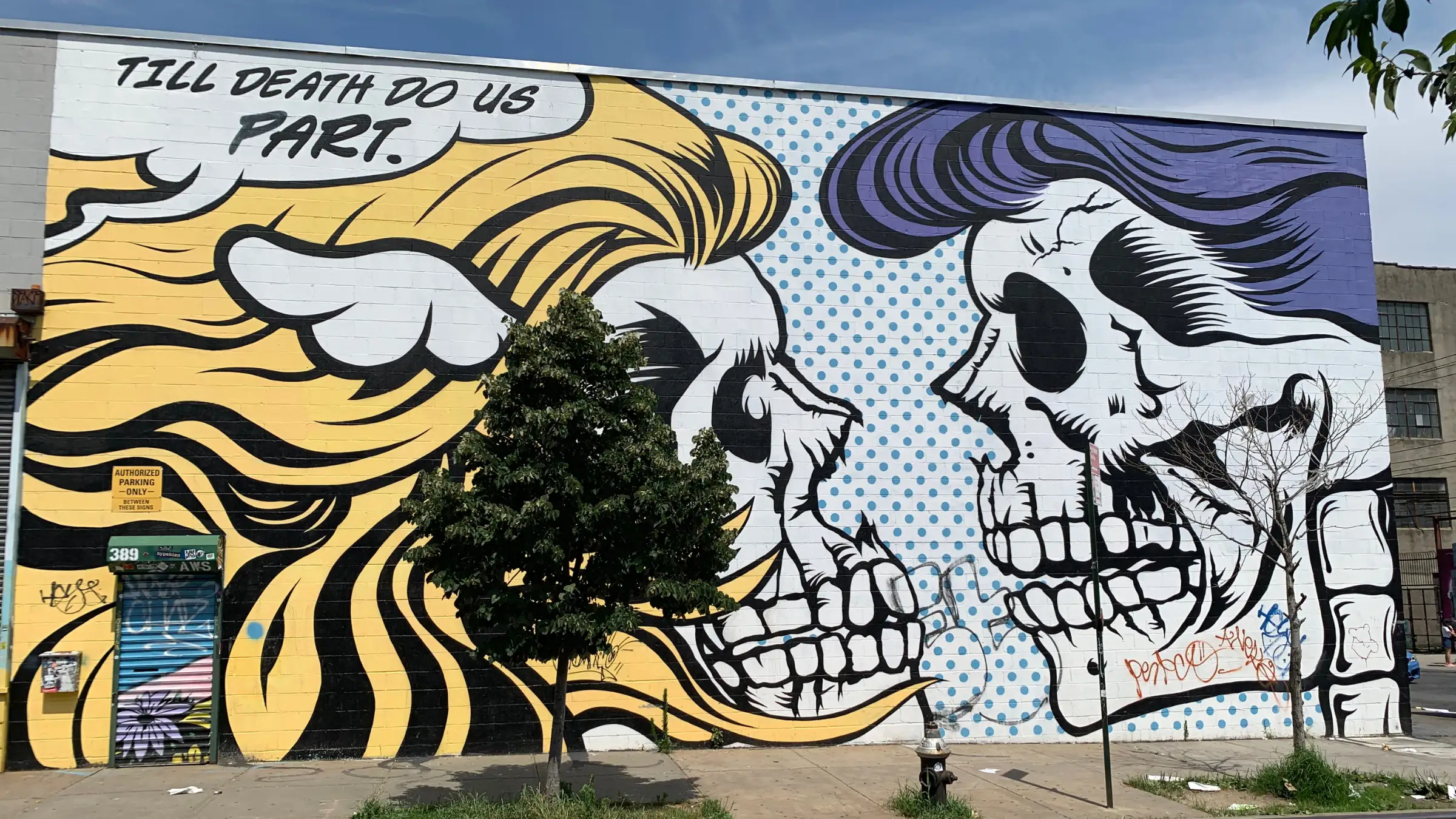
🏳️🌈 You Can Go Your Own Way: Same-Sex Divorce After Obergefell
Before Obergefell, getting married was difficult. Getting divorced was even more so.
-
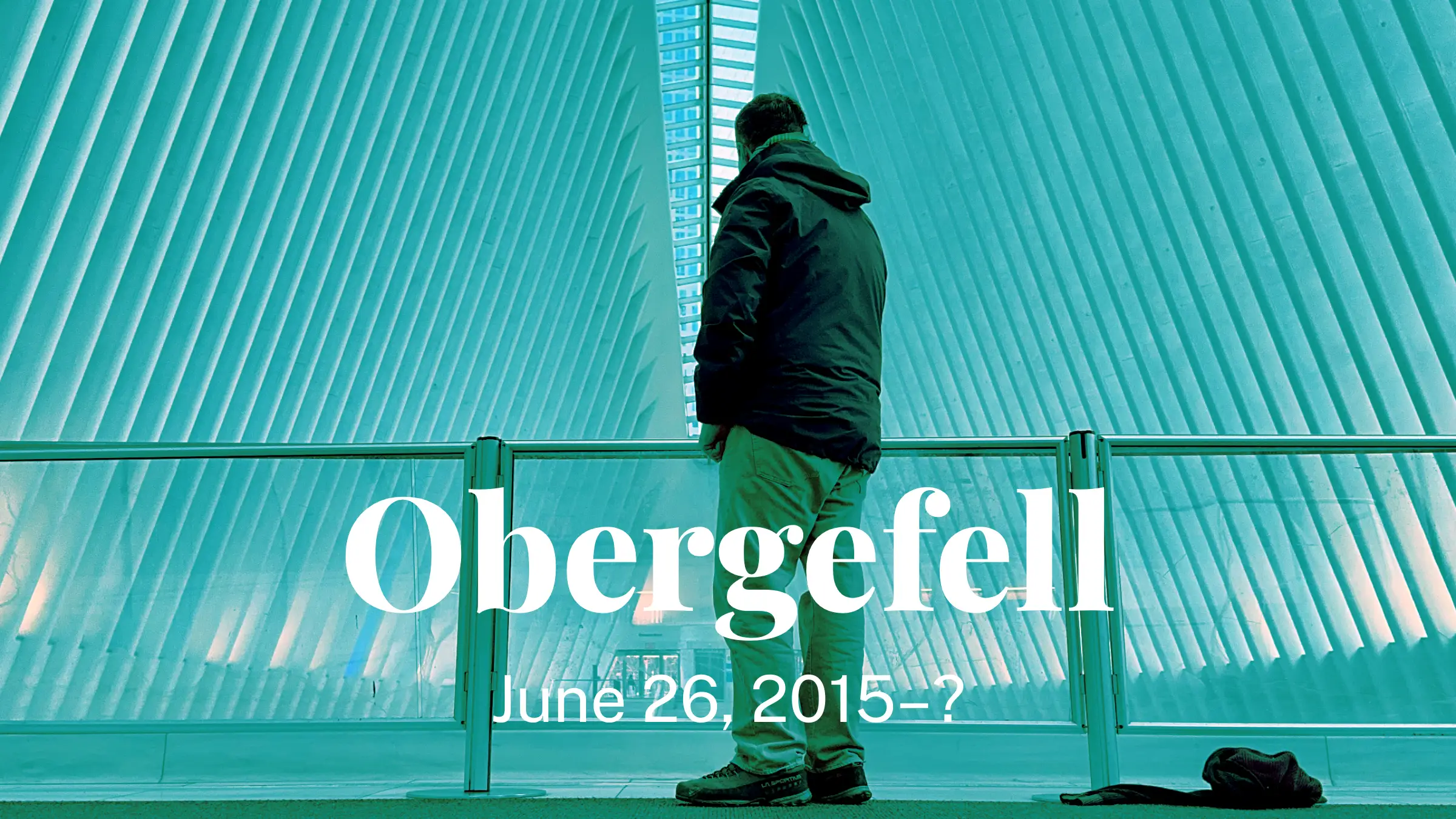
🏳️🌈 Obergefell Turns 10. Will It Make It to 20?
Our ordinary marriages may soon face an extraordinary threat.
-
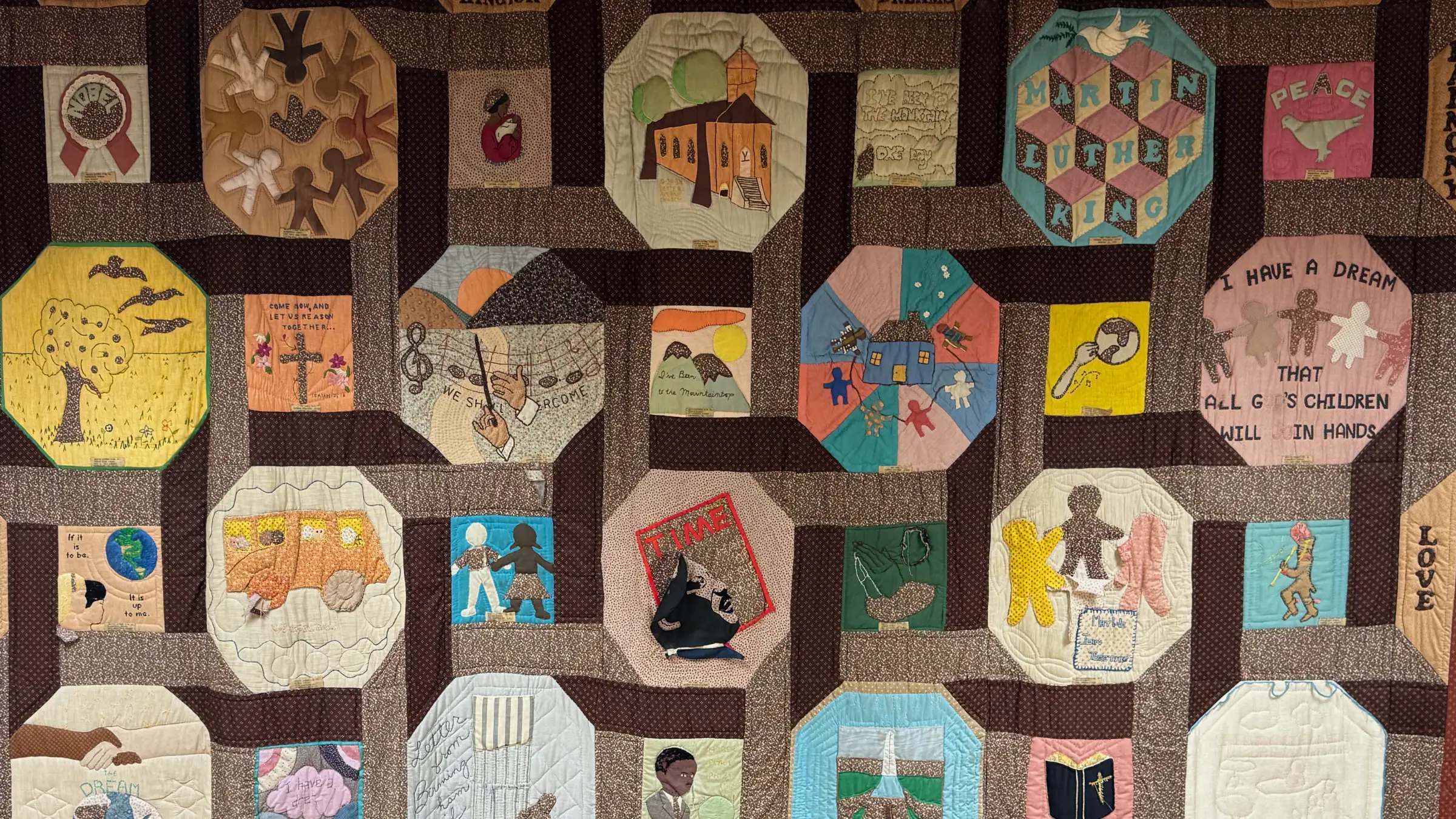
🏳️🌈 King, Rustin, and “What If?”
Could Bayard Rustin remained close to King and had a more visible role in the Civil Rights Movement? Let’s take a stroll down Speculation Street and see.
-

🏳️🌈 Bayard Rustin, Angelic Troublemaker
“Let us be enraged about injustice, but let us not be destroyed by it.” — Bayard Rustin
-

🏳️🌈 I Thought the WorldPride Rally Was a Dud. I Was Wrong.
I’ve been reflecting on the events by the Reflecting Pool. My first impression was wrong.
-

🏳️🌈 Bob Smith: Laughing Matters
Blazing a path as a gay man is serious work—unless you’re comedian Bob Smith.
-
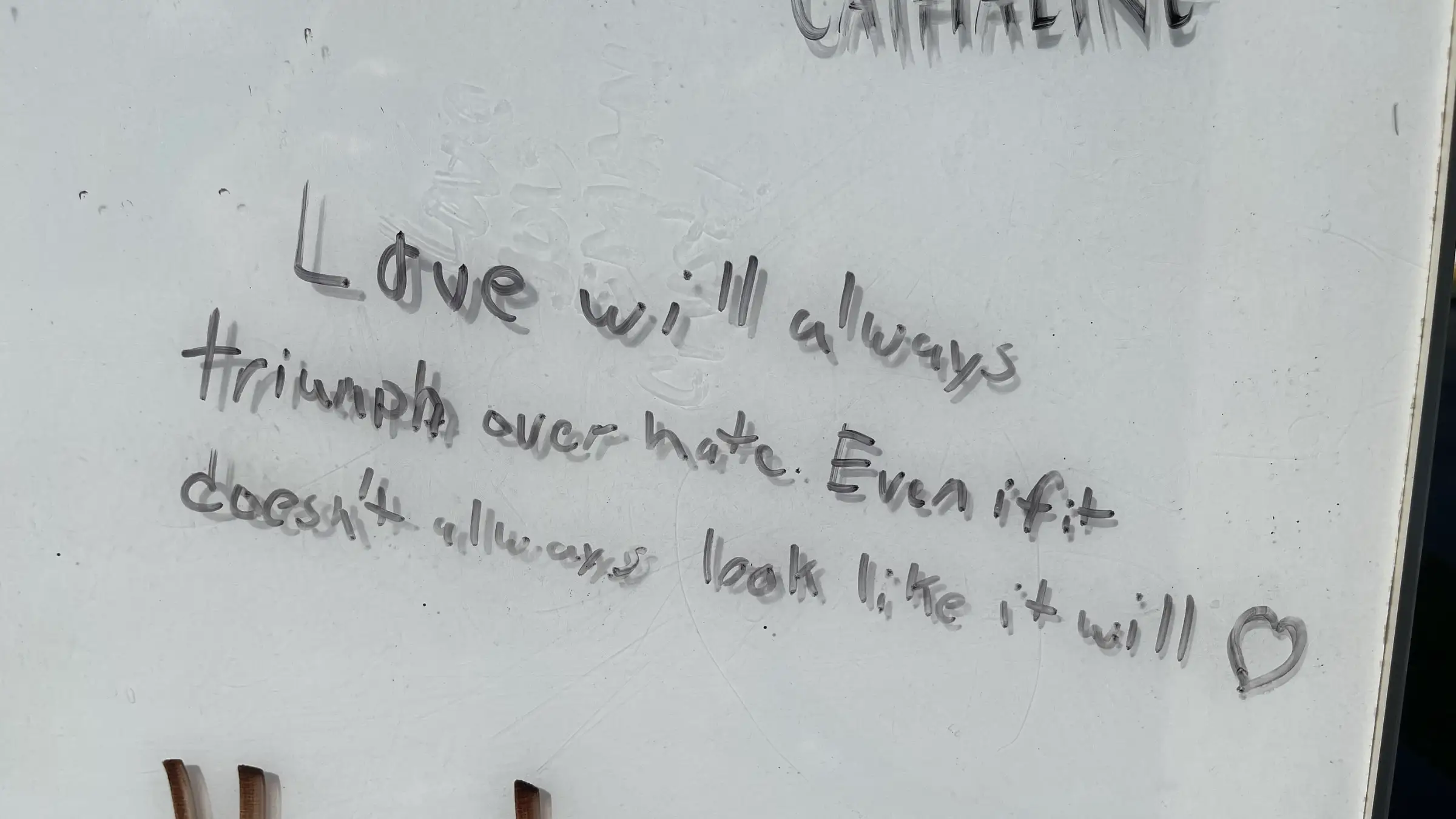
🏴 Nine Years Later
“I know a place where you don’t need protection / Even if it’s only in my imagination.”
-
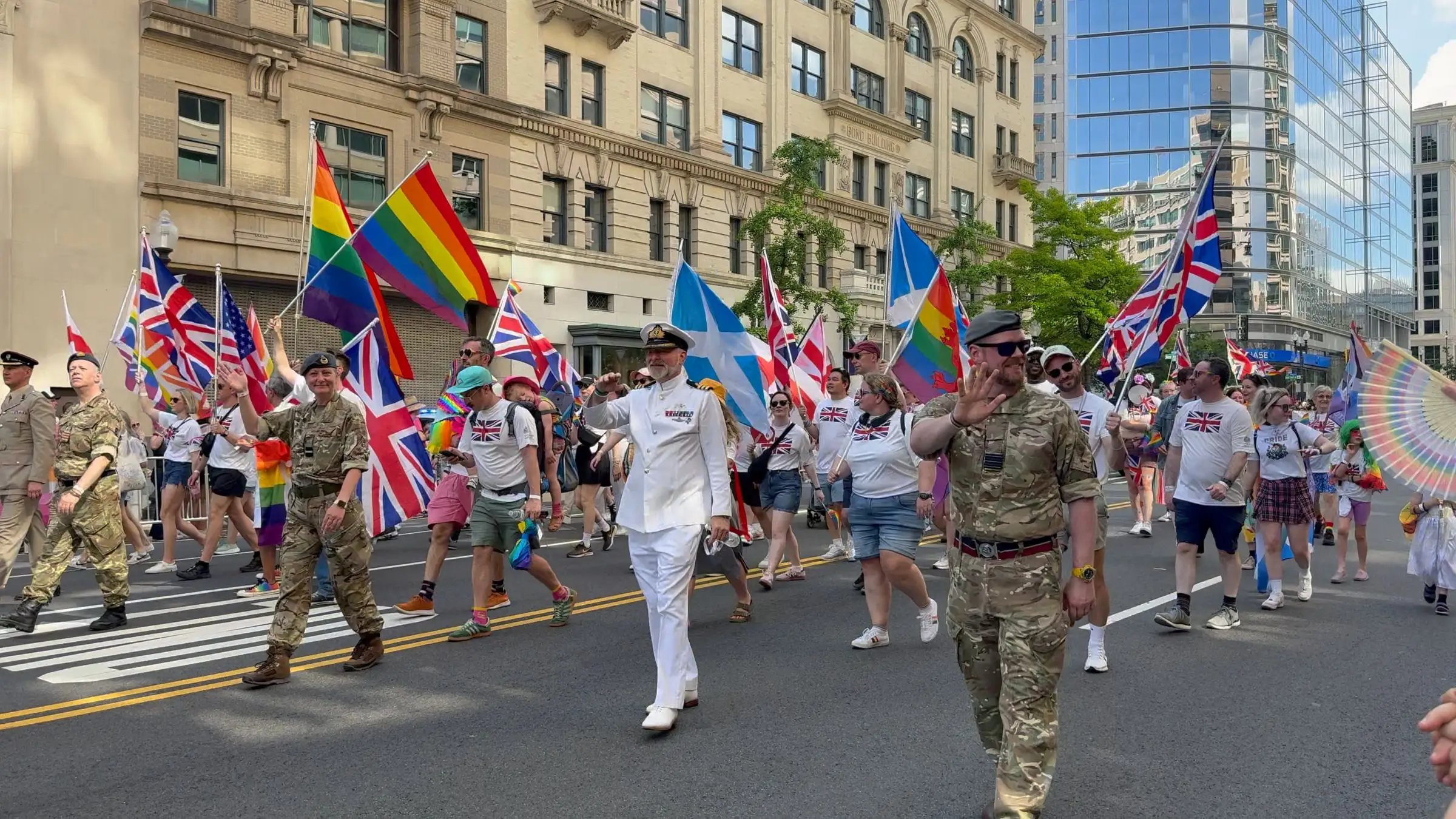
🏳️🌈 Rainbows and Sunshine at the WorldPride Parade
No rain and lots of rainbows—a perfect day for Pride.
-
